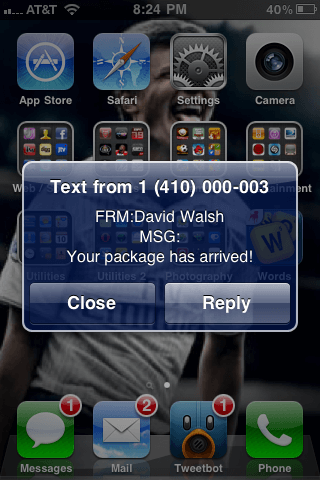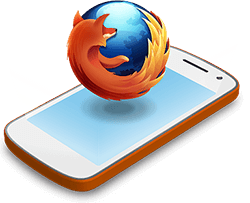Fix Seeing “0” in Your JSX Code
The early days of the web felt like the wild west when it came to coding practices -- just make it work. Then we became enlightened to better practices, separating HTML from CSS and JavaScript. Then came React and JSX, where we combine JavaScript, HTML, and even CSS with Styled Components -- what an elegant mess we've made!
Every once in a while part of that mess is me seeing 0 displaying in the output of my JSX code, and I'm reminded why: improper handling of variable typing, combined with using &&. Let me explain!
One of the popular patterns in JSX is:
<div>Some header</div>
{someValue && <div>Some header</div>}
The pattern makes sense but check out the difference in outputs between string and number types:
"0" && "Thing" > "Thing" 0 && "Thing" > 0
Note that a string value of 0 allows the second value to be returned, but a number typed 0 simply returns the 0. The best practice is always to cast the value to a Boolean in your JSX:
{Boolean(value) && ....}
Typescript and even PropTypes can help to catch these issues but even seasoned veterans sometimes hit these pain points.





You also can use
{!!value && .... }I usually like to be more explicit with these checks to make them more clear, so in this case I would maybe go for this:
{value == 0 && ...}Even though
===strict equality usually is better and I prefer it, but for this case I would say it’s ok.But that
!!valuementioned by Cuong is also really good approach. It can just trip up less experienced people.One pattern that I also avoid is using
myArray.length &&and I like to be explicit likemyArray.length > 0 &&since it makes it more obvious what is going on here. It also can avoid these subtle pitfalls.